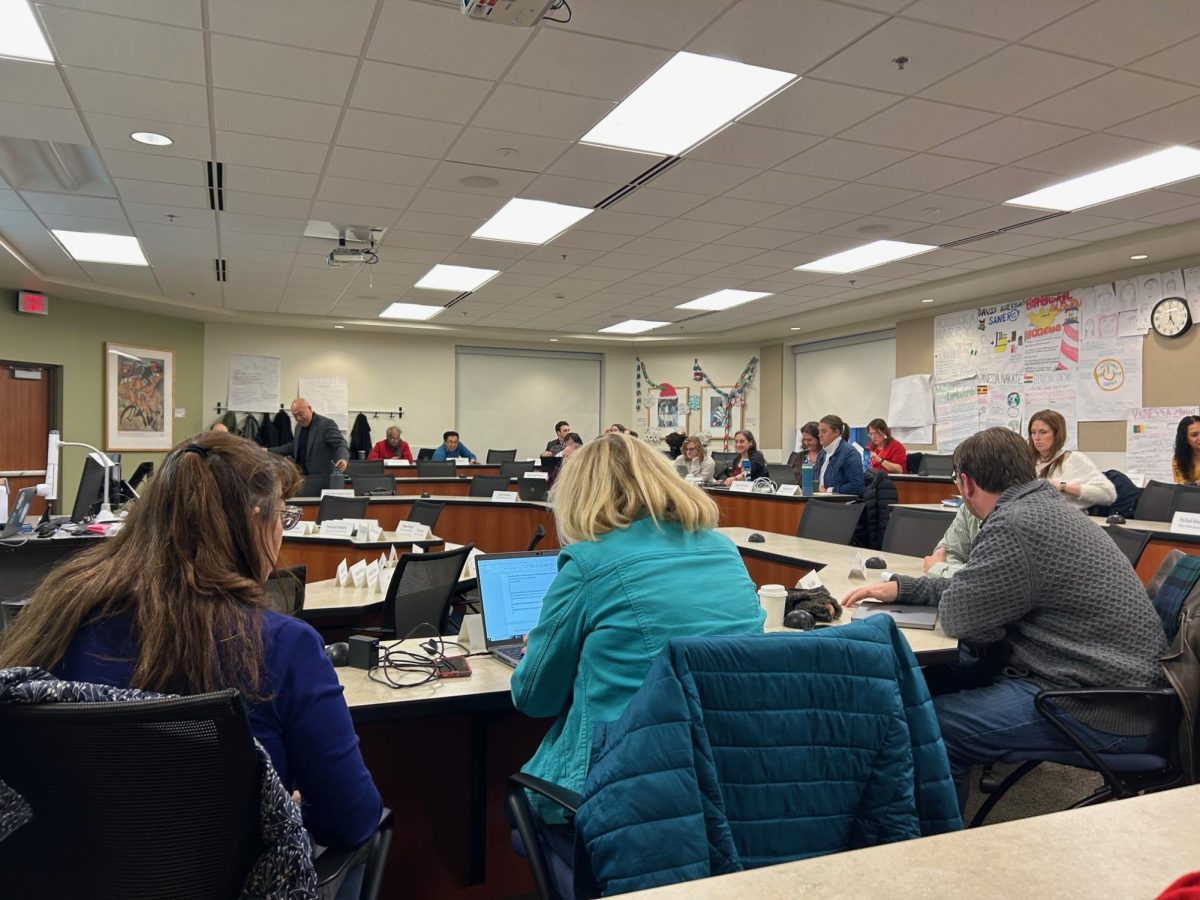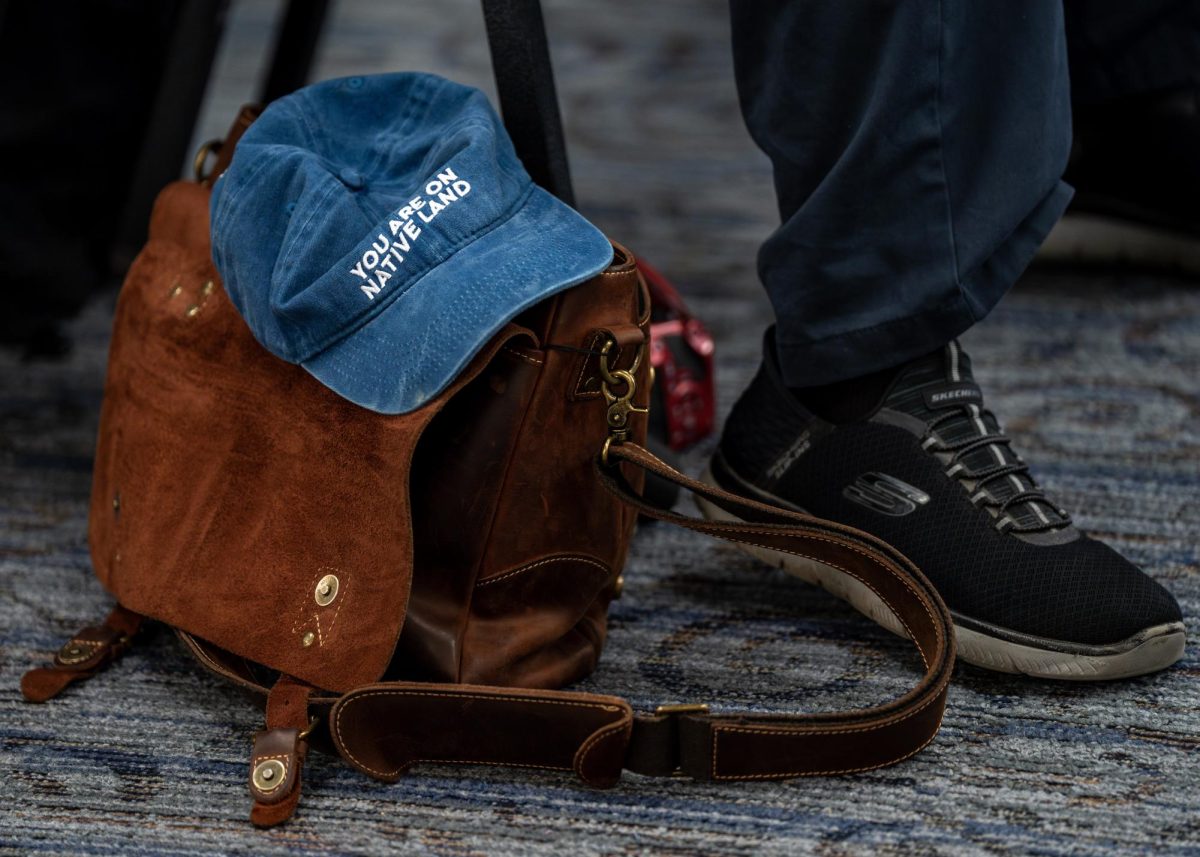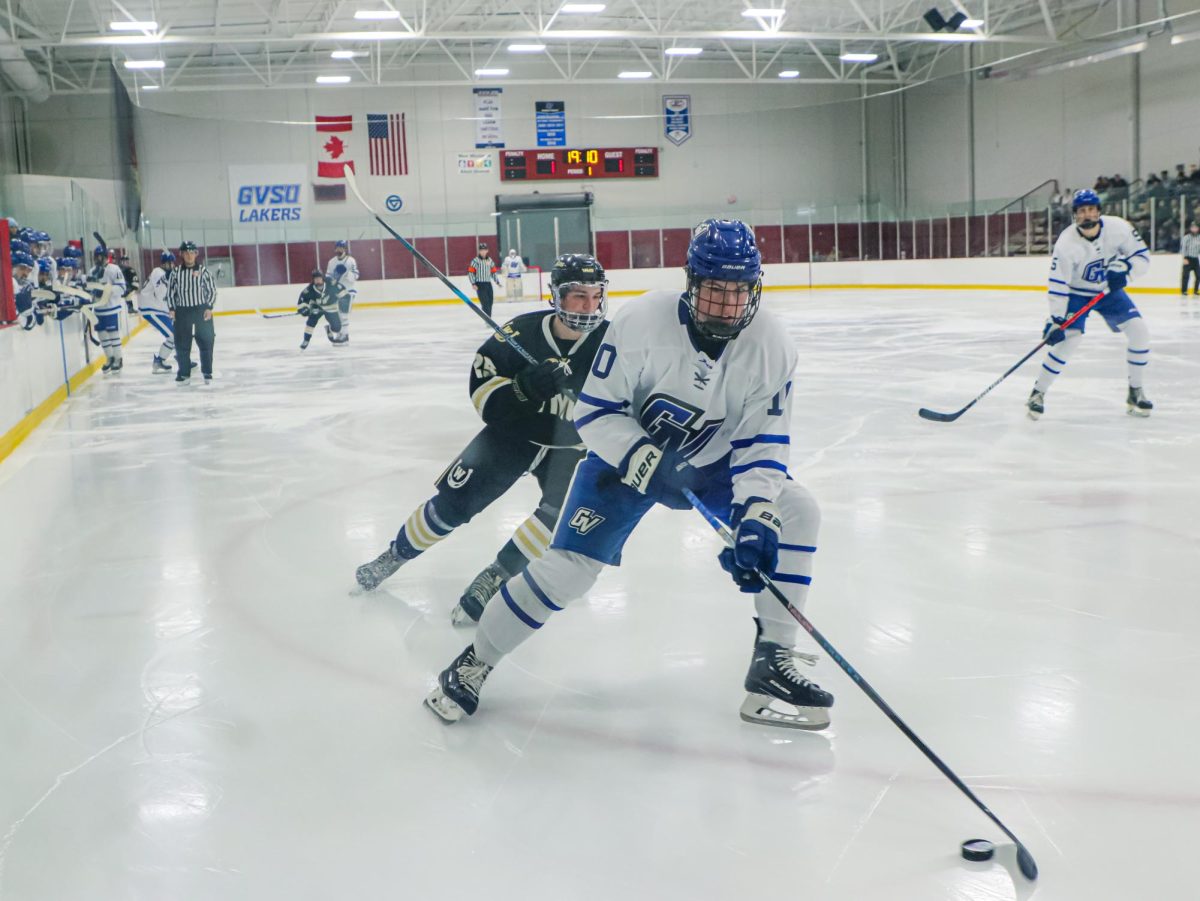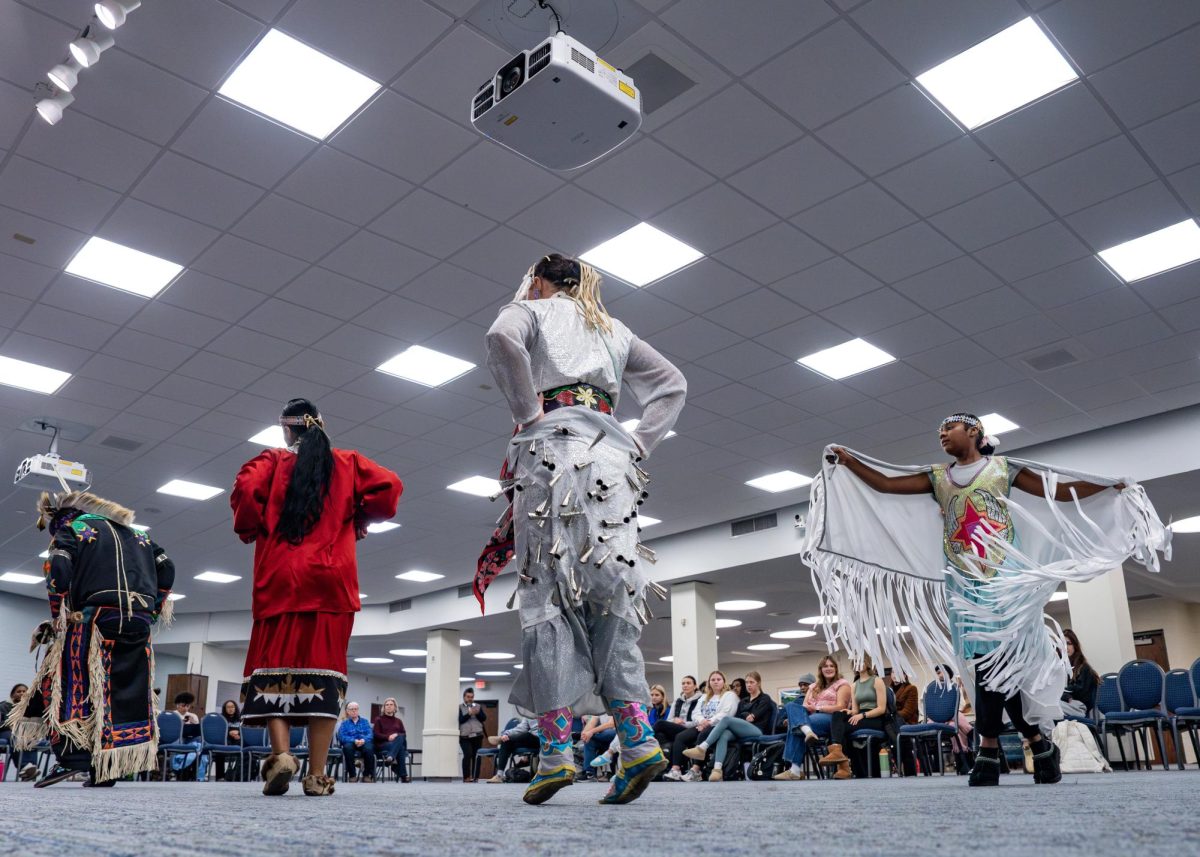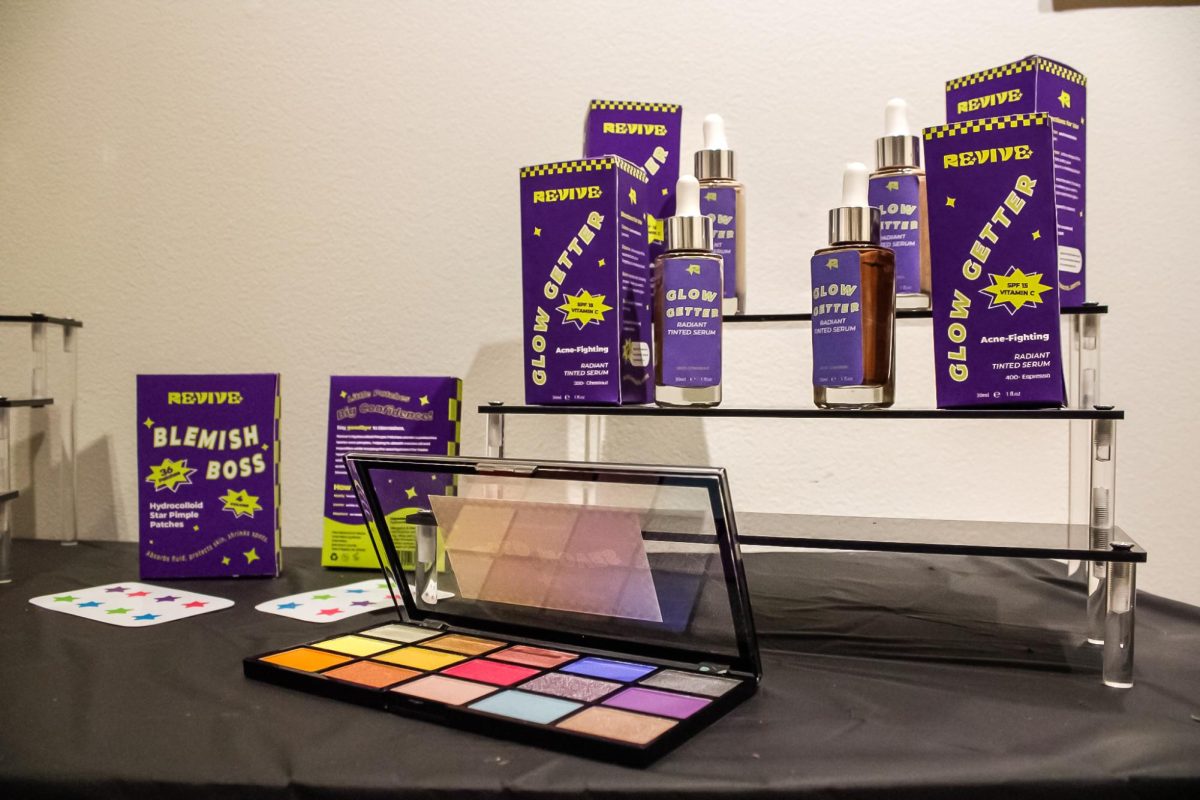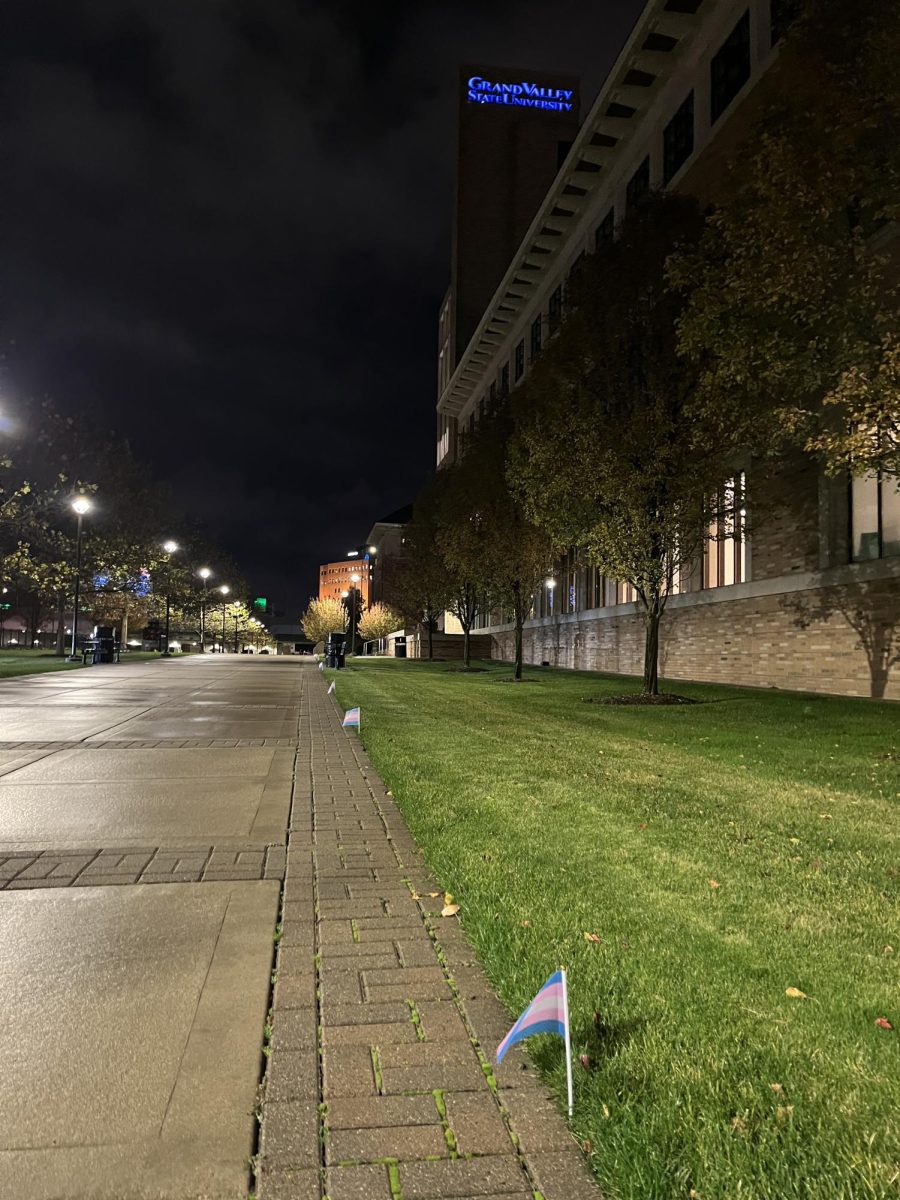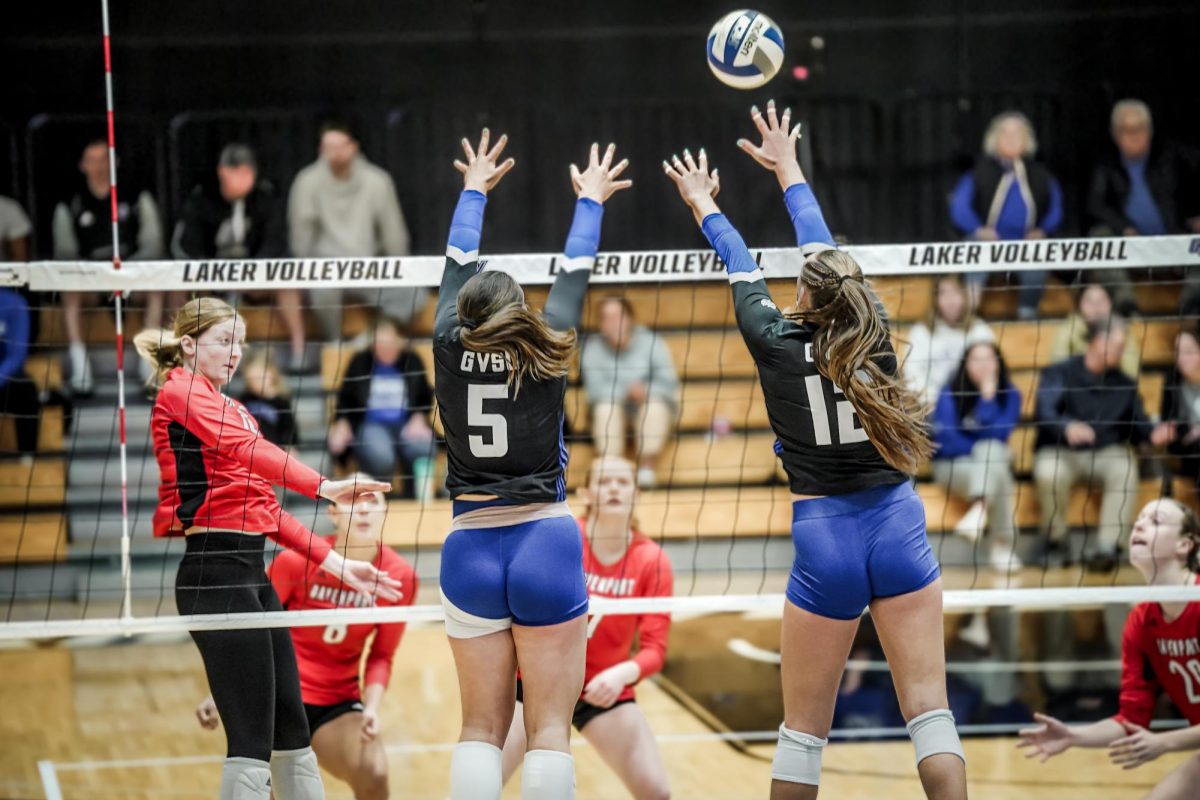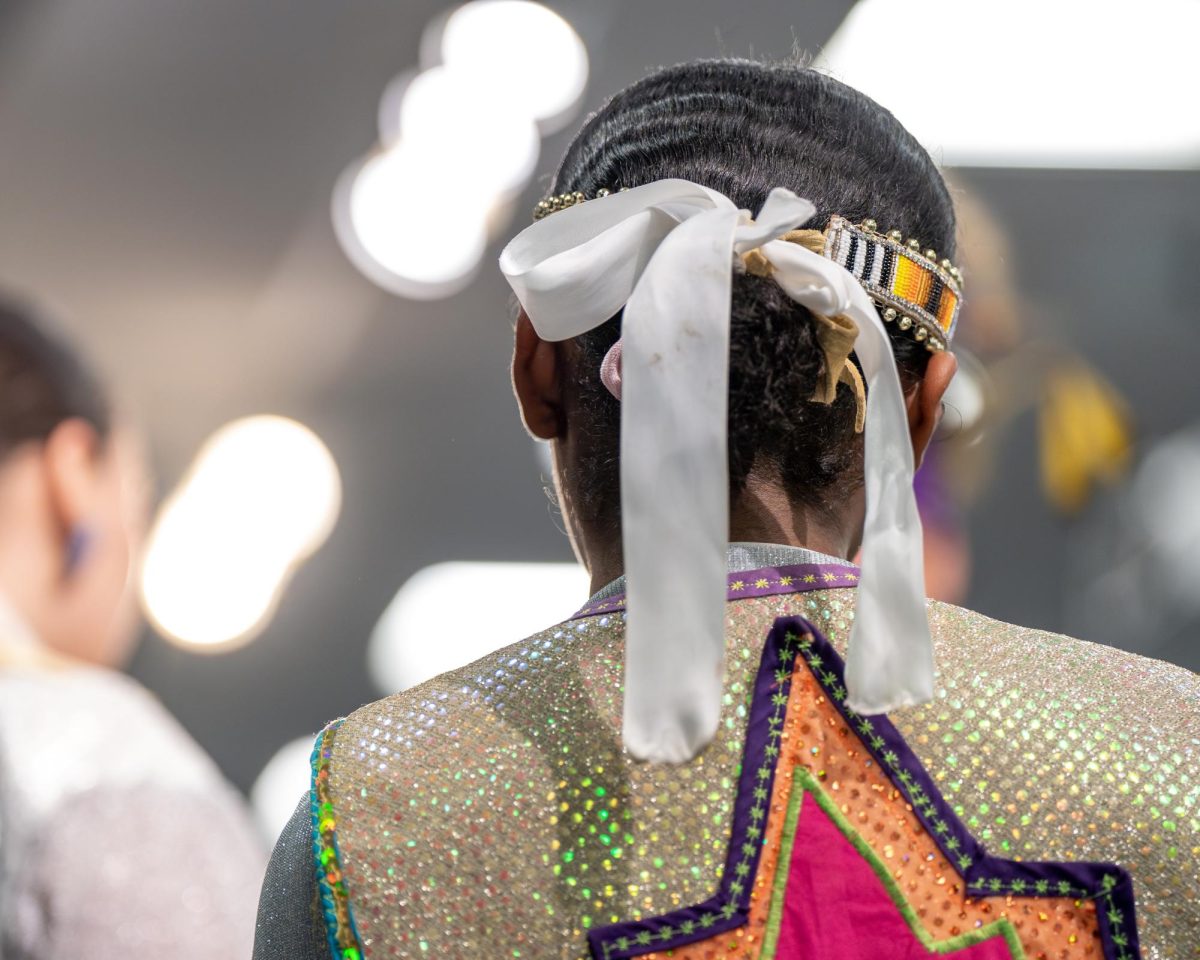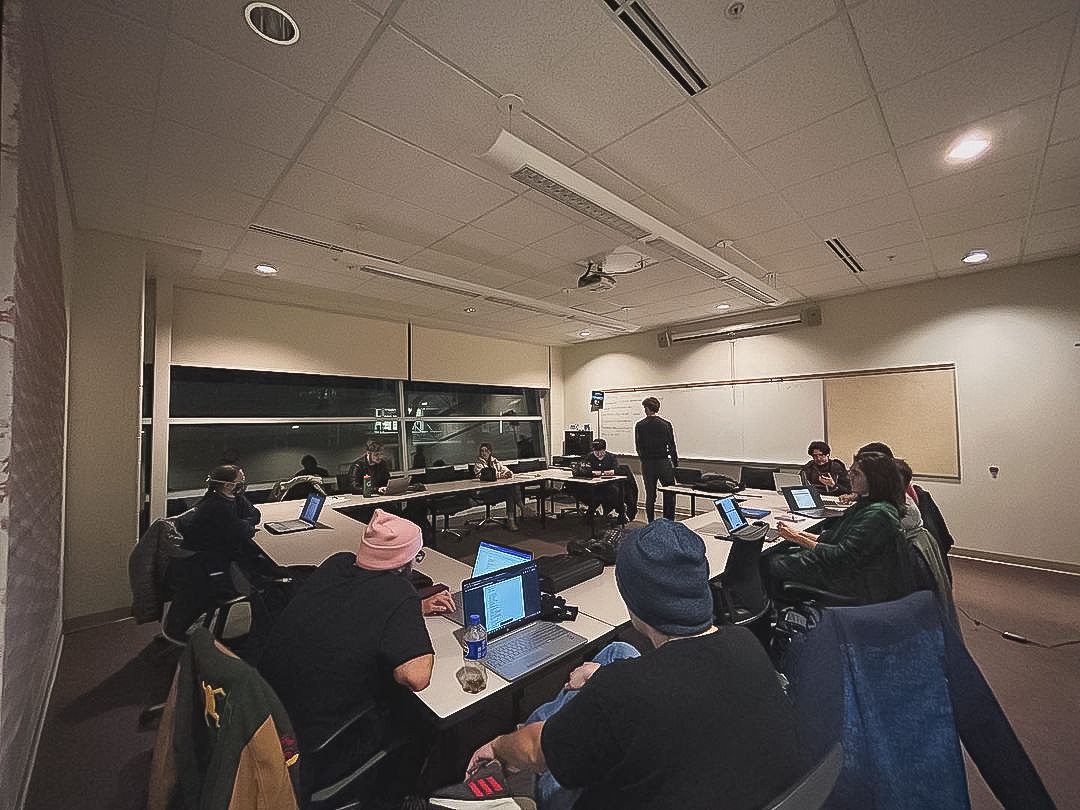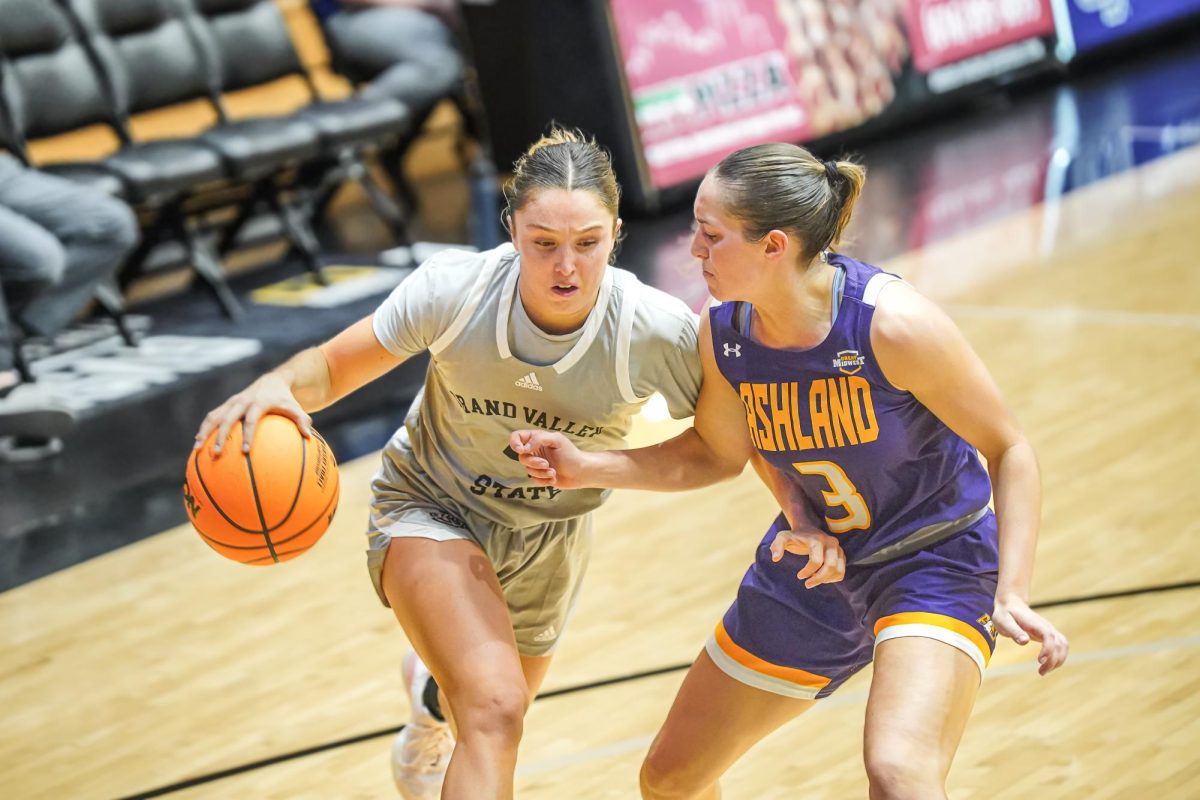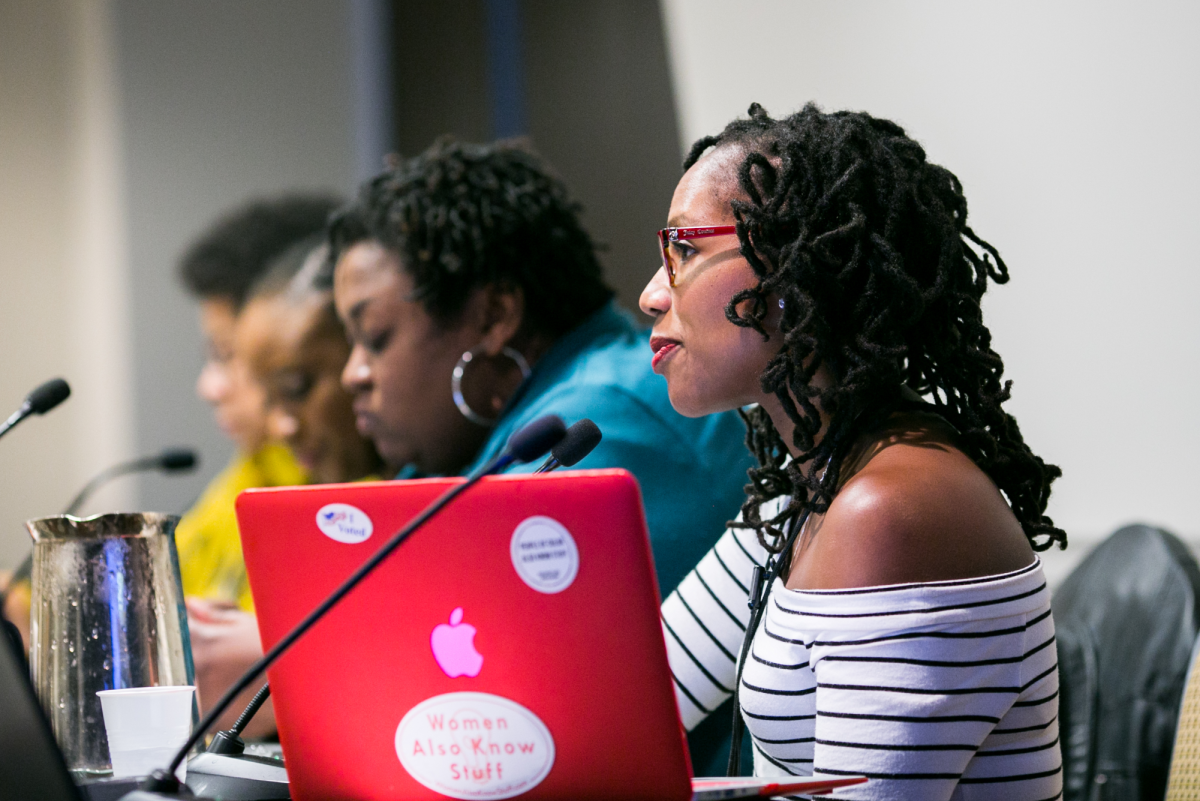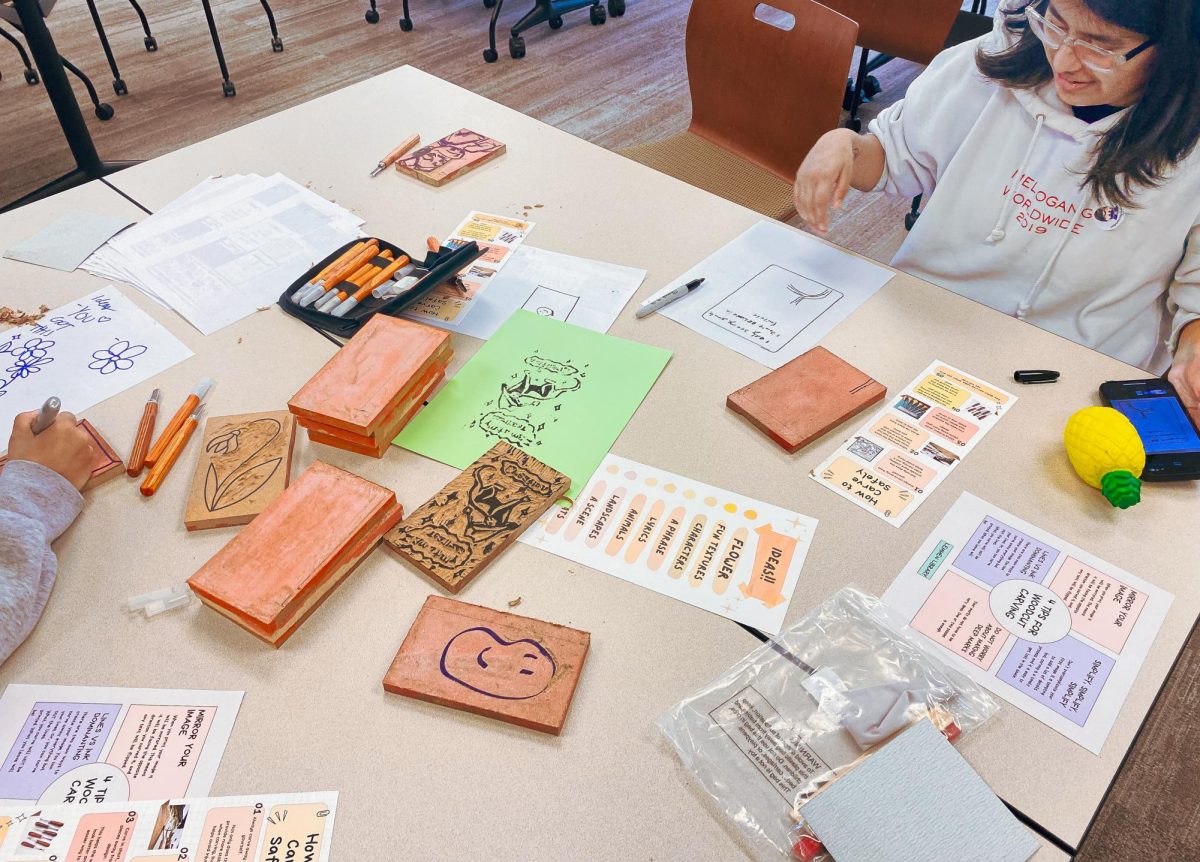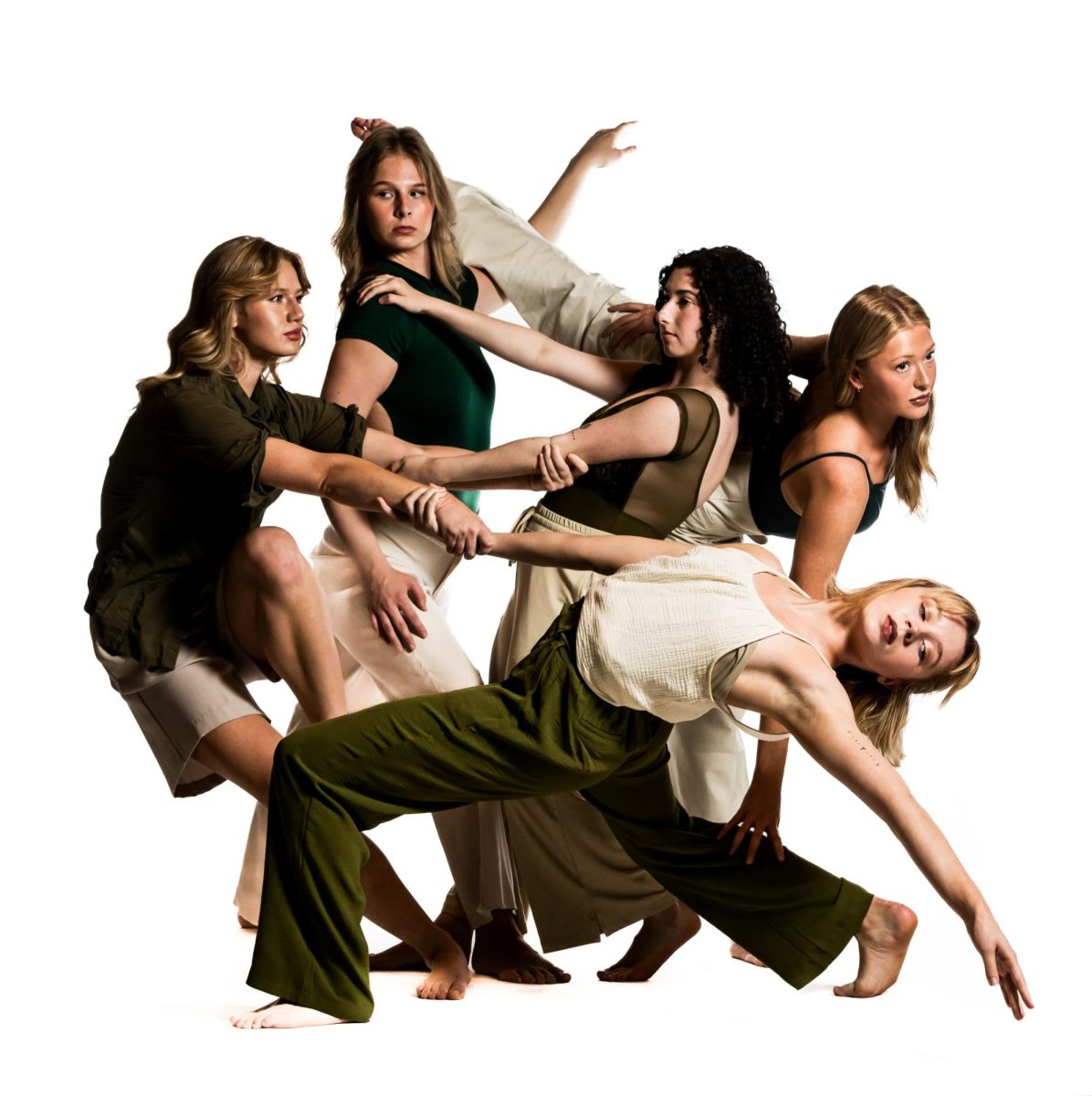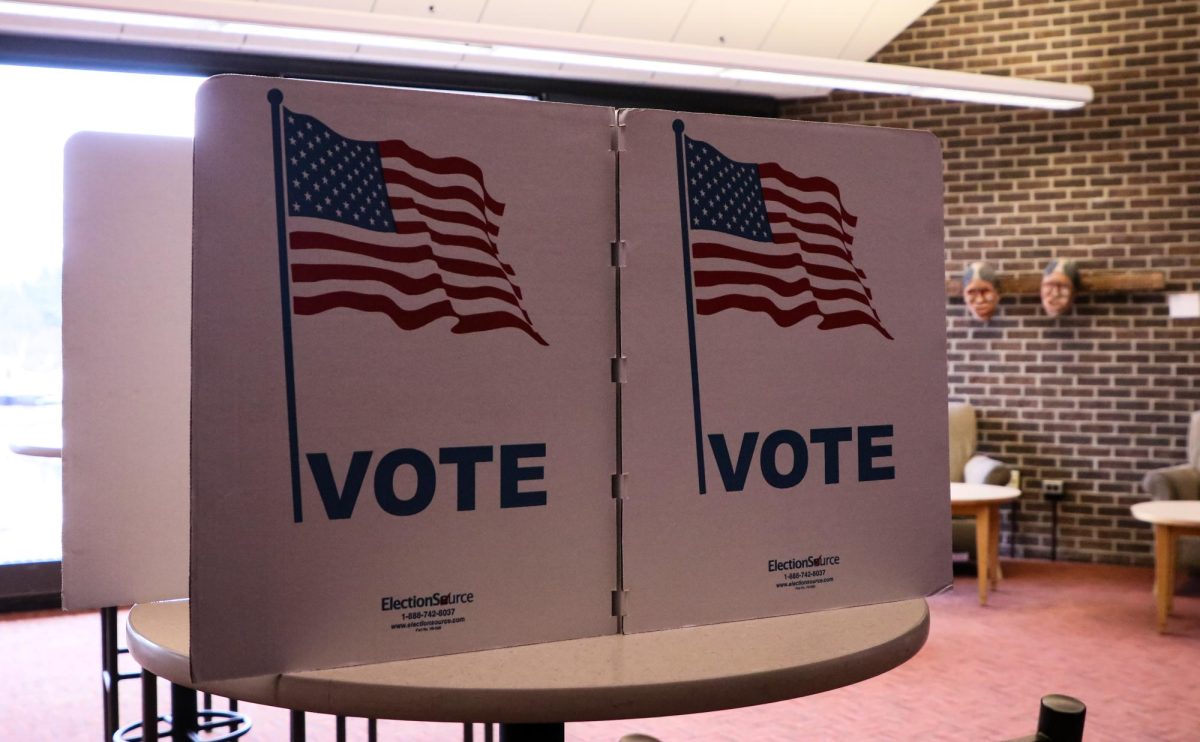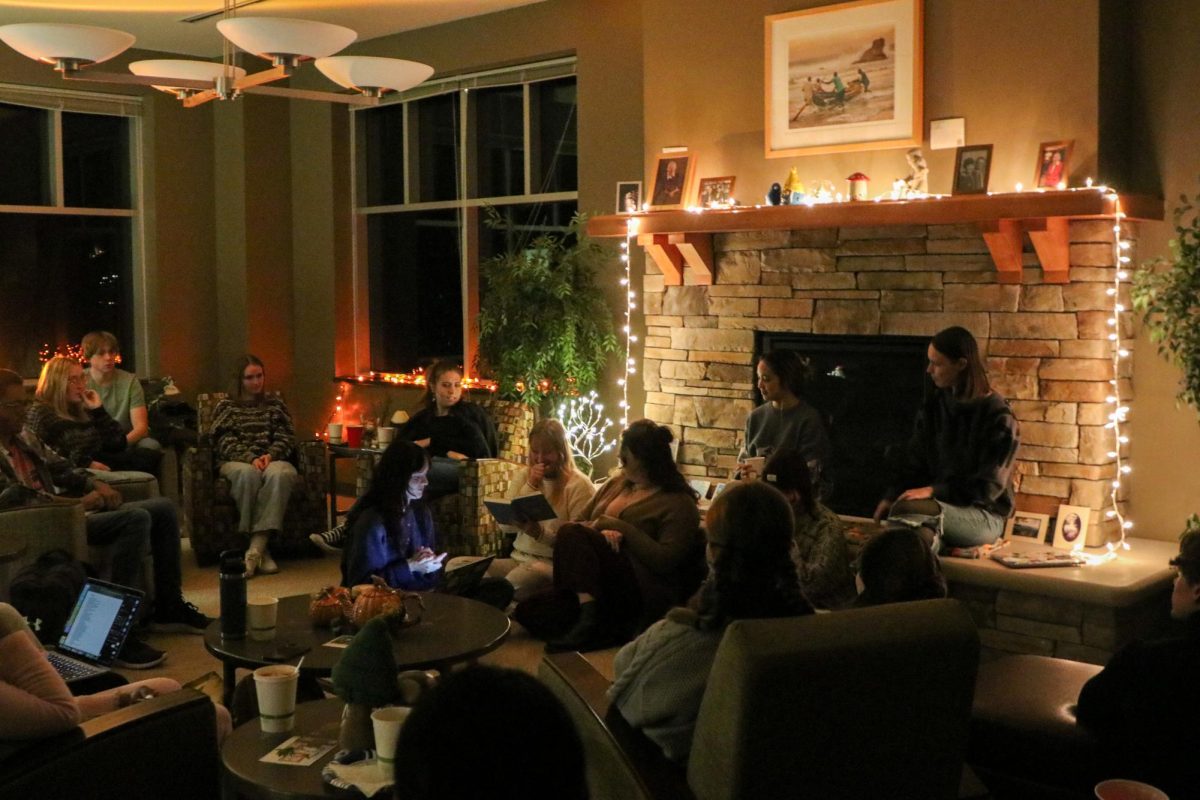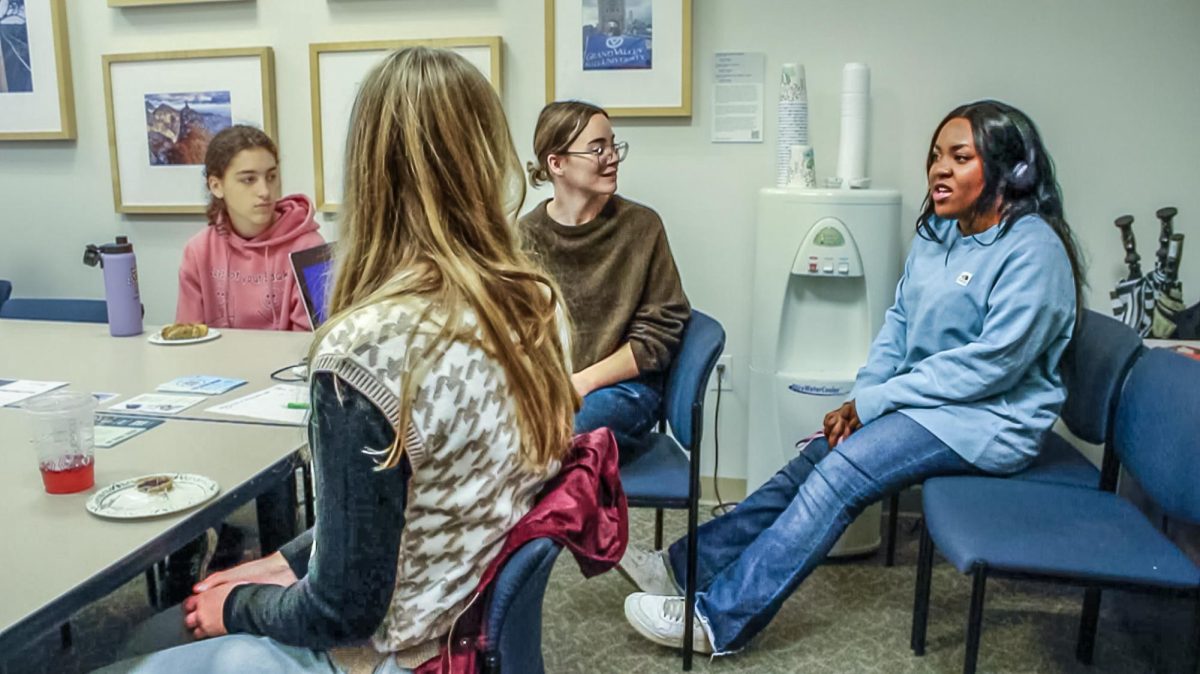GVSU track and field to travel to nine states in nine weekends
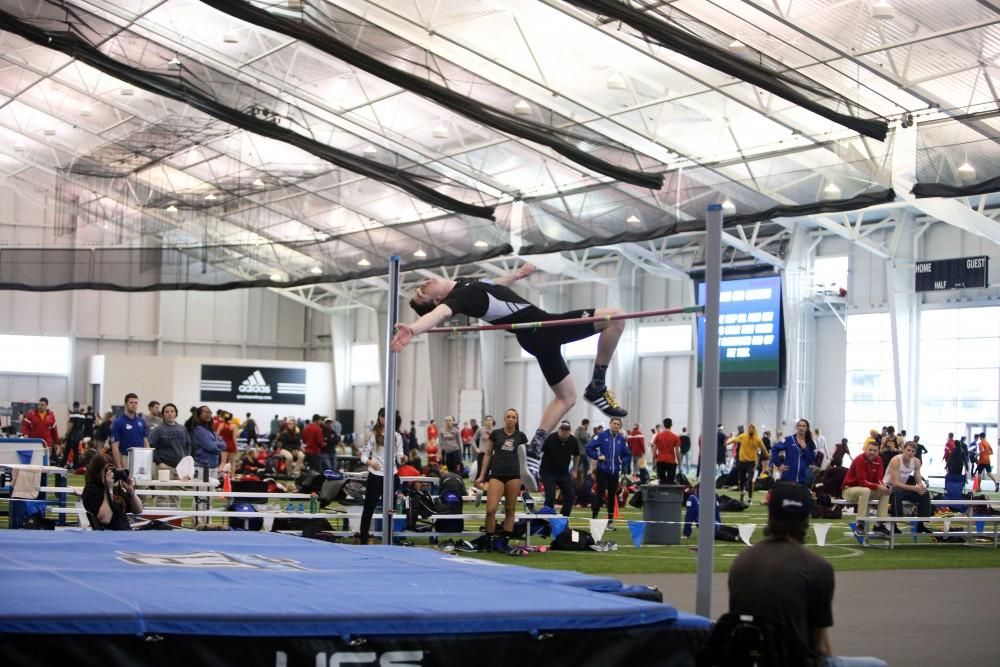
GVL / Emily Frye Freshman Hunter Weeks takes on the high jump on Friday, Feb. 19, 2016.
Mar 24, 2016
Nine weekends. Thirteen out-of-state venues. Nine states.
That’s the schedule that lies in front of the Grand Valley State track and field teams.
Road trip locations feature sites such as Long Beach and Stanford, California, Orlando and Bowling Green, Kentucky.
Not all athletes travel to each location. Sometimes it’s just the sprinters and hurdlers. Sometimes it’s only the long distance runners. Sometimes it’s just the jumpers. Sometimes it’s only the field events. And sometimes, it’s a combination.
In the end, all the nationwide traveling comes down to one thing: finding warm weather.
“Early in the season, we’re chasing the weather,” said sprints and hurdles coach Alan Dunson. “It’s too cold and unpredictable in Michigan, so you have to chase the warm weather and chase better competitions later in the season.”
Junior triple jump specialist Samora Nesbitt loves all the traveling.
“It gives us a chance to get to better weather and better meets and to see new competition,” he said. “I know the distance runners go out to California because it’s not as hot. For throwers, jumpers and sprinters, we like to go south because it’s the best warm weather. California is a little bit cooler and I think (the distance runners) get an altitude conversion also. It really helps us get the best performance that we can.”
Sophomore sprinter Angie Ritter described the pros and cons of all the travel as a “happy medium.”
“There are both some perks and some negatives,” she said.
These are student-athletes, not professionals. These men and women have to balance dedication to their sport alongside school, and make it all work.
“It can be very stressful,” Ritter said. “Sometimes it seems like when we’re on a trip and we’re not competing, we’re studying or doing homework.
“My social life definitely suffers. I feel like I never talk to anyone anymore now that the season is going, only my teammates and coaches.”
Another downside is the amount of time spent in the car, bus, van or other mode of transportation. It’s not uncommon for trips to take 15 to 20 hours one way.
“It’s just kind of hard,” Nesbitt said. “After your body is sitting for so long, it feels like the first day is kind of shaking out and getting your body used to not being sitting, and then you start to get back into the groove.”
Both Ritter and Nesbitt have their own ways of rebounding from the cramped conditions during travel.
“I compete on day two of most meets,” Nesbitt said. “So usually I have an extra day of not traveling.”
Ritter has a different mindset.
“I think it’s more of a mental thing,” she said. “We try to travel a day in advance so our bodies have time to recuperate, but travel doesn’t seem to affect me that much. Yes, it’s awful and legs feel heavy in the car, but I hop out of the car and I’m almost good to go.”
Though the team itself is fragmented into smaller, fluctuating groups as different athletes head to different locations throughout the season, chemistry and bonding flourishes.
“I think it brings us closer with that group that we’re travelling with,” Nesbitt said. “It makes it harder, obviously, because the whole team isn’t there, so we’re not all there to support each other, but you’re able to make friends with people in other events.”
Nesbitt and Ritter said the coaches switch up roommates to allow different event specialists to get to know athletes from other events that they would have otherwise rarely interacted with.
On the team’s first road trip of the 2016 outdoor season, the sprinters, hurdlers and jumpers went to Myrtle Beach, South Carolina for the Alan Connie Shamrock Invitational at Coastal Carolina University.
“At South Carolina last week, we went to the beach,” Nesbitt said. “Just to kind of loosen up and have fun. The water was cold, but it was a good idea.”
Nesbitt enjoyed South Carolina, but is still looking forward to two particular venues this season.
“I really like Eastern Illinois,” he said. “I’m from Illinois, so it’s like going back home. And then Western Kentucky, in the past, has been a good meet for me. That’s usually the warmest meet that we’ll have, so I really like that meet.”
Without the travel, Ritter would never have gotten to experience the Drake Relays in Des Moines, Iowa, an event that produced one of her favorite collegiate moments.
“I’m just sitting there, stretching and getting ready for my race, and there’s (U.S. Olympic gold medalist) Sanya Richards-Ross stretching and warming up right next to me,” she said. “It was really cool to be five feet away from several Olympic gold medalists.”
Ritter hopes to compete at the Drake Relays again in the future.
At least part of the Laker team will compete in nine different states, including Michigan, over the course of the short outdoor season. Most recently, some of the pole vaulters made a trip to Florida, while the sprinters, hurdlers and jumpers traveled to South Carolina. The long distance runners will make their first trip of the season coming up as they head to Raleigh, North Carolina on March 25 and 26 for the Raleigh Relays.




